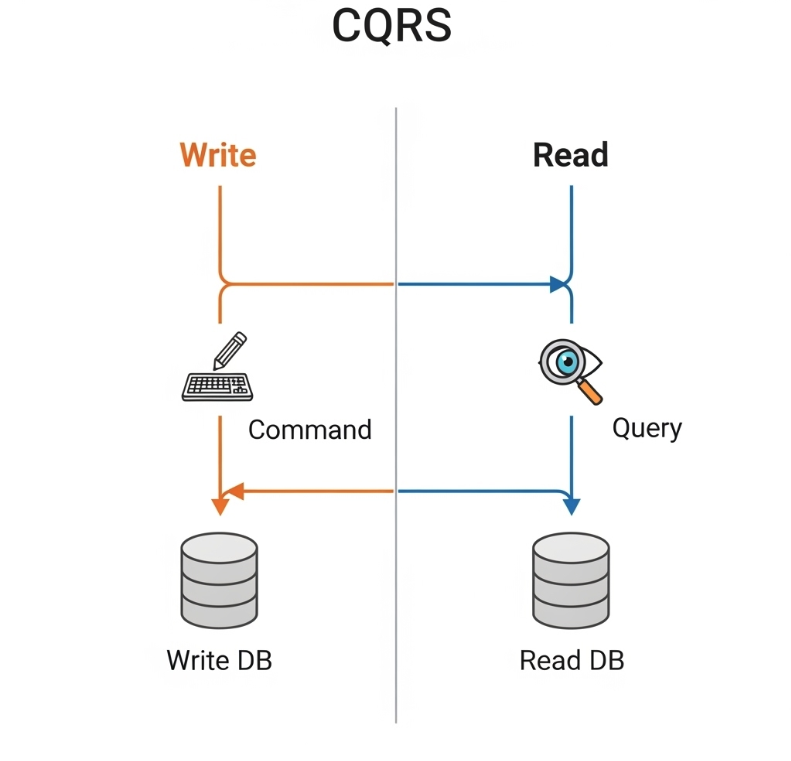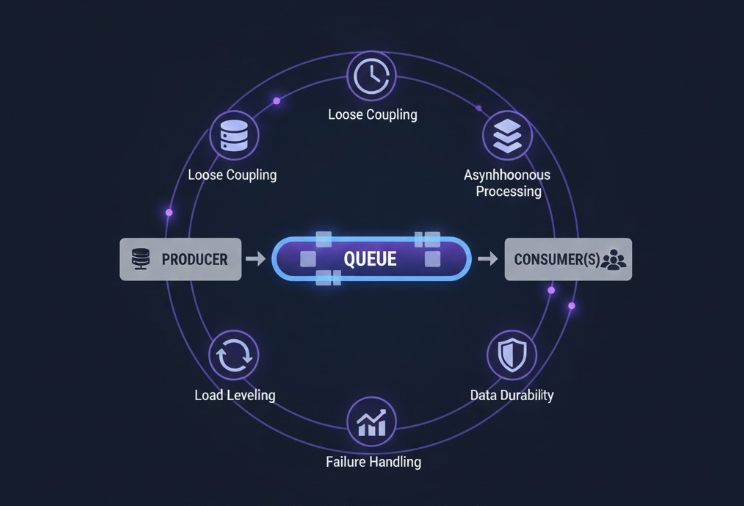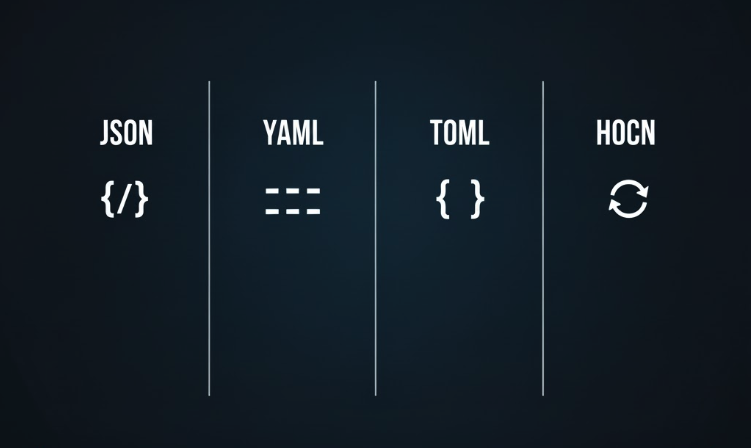Caching Strategies Explained: The Complete Guide
The complete guide to cache patterns that every backend developer should know
Search across 115 posts, 19 explainers, and 57 topics
The complete guide to cache patterns that every backend developer should know

Separate your reads from writes and stop fighting with your database

The library that brings HTML back to life and makes you question everything you thought you knew about frontend development

Inside Google Spanner, the database that broke the rules of distributed systems

How message queues help build scalable, resilient systems that don't fall apart under pressure

Inside the distributed storage system that powers Netflix, Airbnb, and most of the internet

How databases across servers agree to commit or rollback without losing data

A 25-minute disruption affected 28% of HTTP traffic globally triggered by a security fix and exposed by a killswitch that had never been tested on 'execute' actions

Why microservices might be overkill and how to build systems that actually scale

The overlooked middle ground between polling and WebSockets

The battle-tested technique that powers notifications when persistent connections fail

The engineering behind real-time stock prices that move faster than you can blink

Why Docker uses YAML, Rust picks TOML, and Akka chose HOCON over JSON

A 6-hour disruption took down ChatGPT, X, Spotify, Dropbox, and millions of sites worldwide - here's the technical breakdown and lessons for developers
